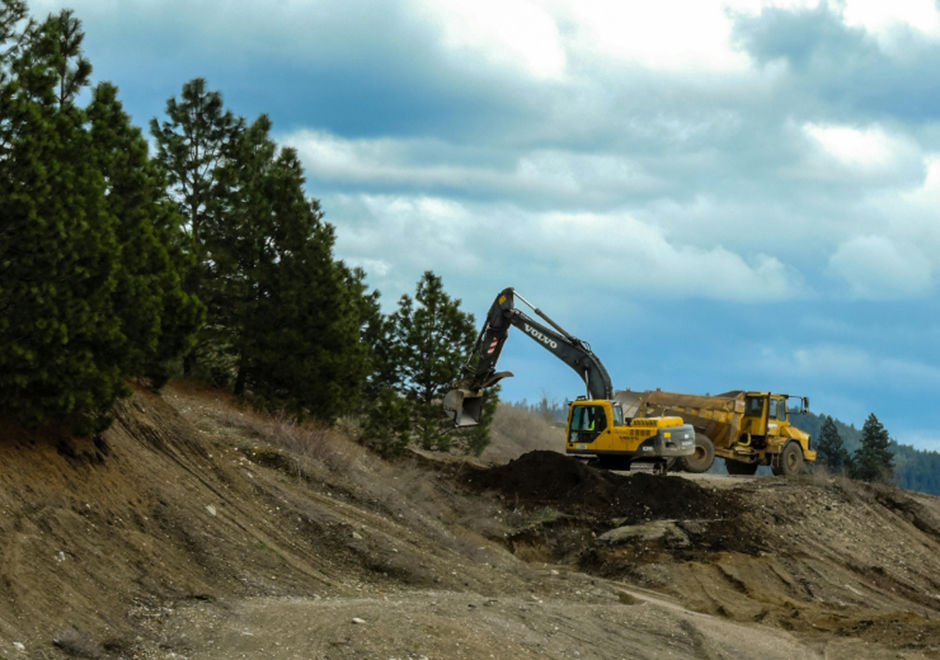When to Fertilise Your Pastures
- P. R. Weldhen
- Oct 11, 2021
- 2 min read

Managing grazing pastures can be difficult, as they require some care, but not too much. Whether you’re planning to turn livestock loose on the pasture or intend to cut the grass for hay, the proper timing for fertilising is essential.
Before you begin to spread fertiliser or dung, it’s important to have your soil tested. This will let you know exactly what nutrients are already available in the soil and which ones need to be added. You can then determine what type of fertiliser is best for your needs. The next step is to apply the fertiliser to the fields.
Applying Nitrogen
Fertilisers contain nitrogen, phosphate, and potash or potassium. If your soil is low on nitrogen and you decide to apply it via fertiliser, keep in mind that it will mostly be dispersed within 60 days. This means the timing of the fertiliser is essential.
You’ll want to apply nitrogen in the early spring and again in late summer for your pastures. This is due to the fact that the nitrogen will tend to run out near the middle of the growing season, so adding a boost at this point will help increase the yield. Note that high applications of nitrogen can turn your soil acidic. If this occurs, you should apply lime to the soil to reduce the acidity.
Applying Potassium and Phosphorus
These two parts of fertiliser may be added along with the nitrogen in the early spring. However, you may spread these at any time of year to increase the overall nutrients in the soil.
The same goes for lime. It may be spread when you need it to lower the acid levels in the soil, due to the extra nitrogen being spread over the field.
How to Add Fertiliser
If you’re running a farm, your pastures are likely quite large. Hayfields will be even larger, so what’s the best way to spread the fertiliser? Depending on the type of fertiliser, you may use either a spreader or a sprayer attachment on your tractor to distribute the nutrients.
Many farmers prefer to use a high nitrogen crop, which they then till under to return the nutrients to the soil. You may wish to try this using legume plants. Clover is an excellent option for fixing nitrogen from the air into the soil. However, if you have limited grazing areas, you’ll want to use the fertilisers.
Need agricultural services like spreading and spraying fertilisers? Contact PR Weldhen for more information on our services.




Comments